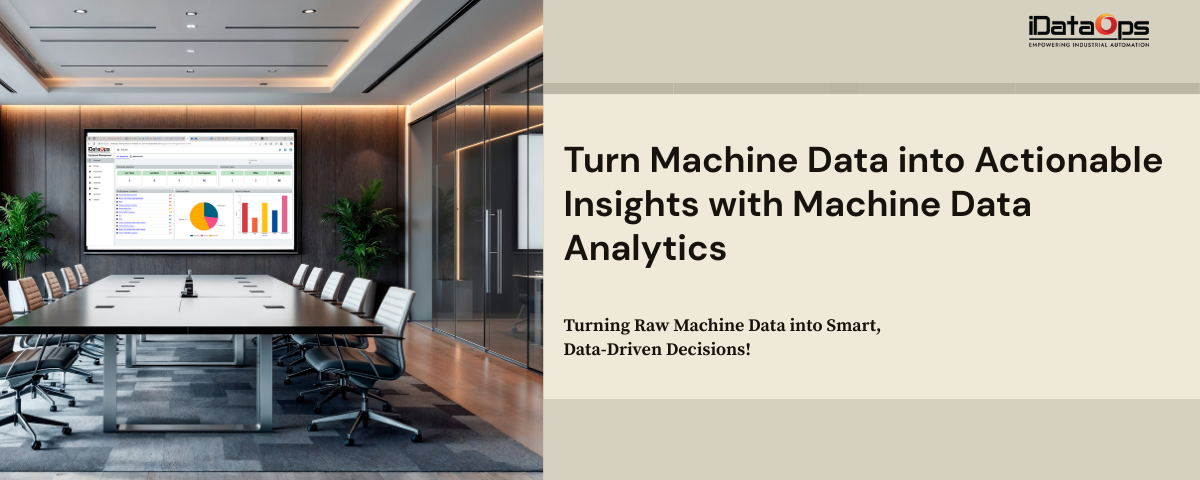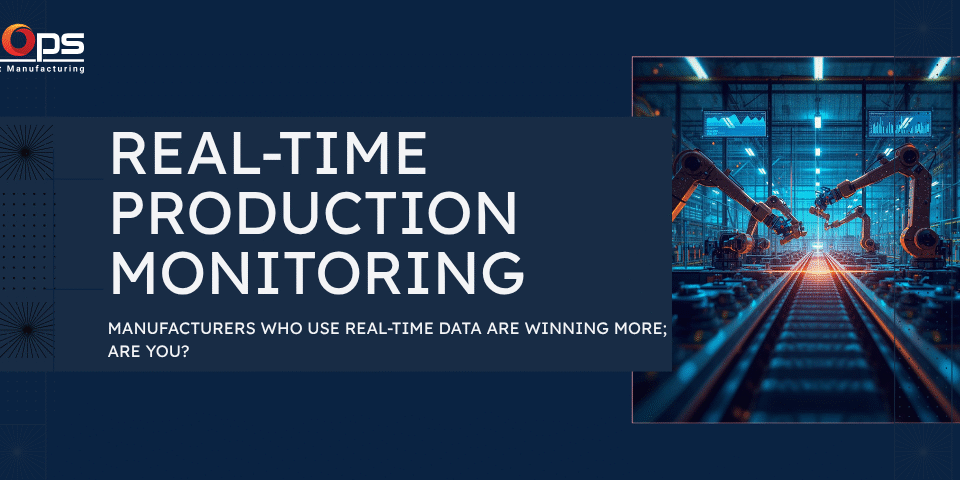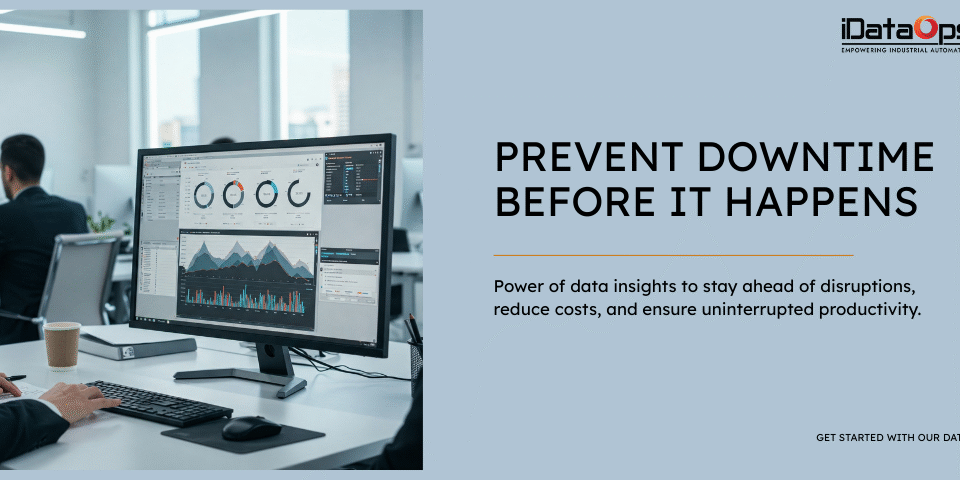
How to Prevent Downtime Before It Happens: The Power of Data-Driven Insights
September 9, 2025
Why Real-Time Data Monitoring Is the Key to Manufacturing Success?
October 9, 2025How to Turn Machine Data into Actionable Insights with Machine Data Analytics
Every modern machine — whether it’s a factory robot, a delivery truck, or a smart thermostat — is constantly producing data. But here’s the catch: data alone doesn’t change anything. The real value lies in what you do with it. That’s where machine data analytics comes into play.
Think of machine data as the “heartbeat” of your operations. By capturing, analyzing, and acting on this data, businesses can uncover hidden inefficiencies, predict breakdowns before they happen, and make decisions that actually move the needle.
So, how do you go from a stream of raw numbers to game-changing insights? Let’s break it down.
1. Start With Smart Data Collection
You can’t analyze what you don’t collect. The first step is identifying where your machine data comes from:
-
Sensors: Monitoring everything from temperature to vibration.
-
Logs: Machines log events, performance stats, and error codes.
-
IoT Devices: Sending real-time data from assets in the field.
But it’s not just about collecting more data — it’s about collecting the right data. Focus on data points that tie directly to performance, cost, safety, or uptime.
2. Get Your Data Talking
Raw machine data often comes in messy formats from multiple sources. Before you can make sense of it, you need to normalize and centralize everything.
This might mean:
-
Converting measurements into consistent units.
-
Syncing timestamps.
-
Organizing data into a readable structure.
Use a platform that can pull in data from different systems and make it play nice. Cloud storage, edge devices, and integration platforms like MQTT or REST APIs are often part of the puzzle.
3. Choose the Right Place to Store It
Not all data storage is created equal. Where you put your machine data depends on what you plan to do with it.
-
SQL databases are great for structured logs and reports.
-
NoSQL databases handle unstructured or semi-structured data.
-
Time-series databases (like InfluxDB) are perfect for sensor readings over time.
Cloud-based platforms often offer scalable, secure solutions — ideal for businesses that want to grow their data strategy.
4. Analyze It Like You Mean It
Here’s where machine data analytics really starts to shine. Once your data is clean and stored, it’s time to start digging.
Use analytics to:
-
Spot trends or anomalies.
-
Compare actual performance to benchmarks.
-
Trigger alerts when something goes off-script.
If you want to take things further, bring in machine learning to predict equipment failures or optimize processes. Platforms like TensorFlow or custom AI models can find patterns a human analyst would never catch.
5. Visualize What Matters
Nobody wants to scroll through a spreadsheet of numbers. Visualization tools help turn complex data into dashboards and charts that actually tell a story.
Use platforms like:
-
Power BI or Tableau for business-friendly dashboards.
-
Grafana for real-time machine data visualization.
-
Custom dashboards tailored to your operations.
Set up alerts and color-coded visuals to make important data stand out. When operators can see the problem before it happens, they can act faster.
6. Take Action — Automatically, If You Can
Data is only useful if it leads to action.
Here’s where the magic happens:
-
Predictive maintenance: Schedule repairs before failure occurs.
-
Real-time responses: Automatically shut down a machine when a critical threshold is crossed.
-
Efficiency tuning: Adjust production speeds or energy usage based on live data.
The more you can automate actions based on analytics, the faster and more reliably your systems will perform.
7. Learn, Improve, Repeat
Machine data analytics isn’t a one-time project. It’s a loop:
-
Collect →
-
Analyze →
-
Act →
-
Measure results →
-
Improve →
-
Repeat.
By tracking how decisions based on data perform over time, you can refine your models, eliminate guesswork, and create a system that continuously optimizes itself.
Real-World Example: Predictive Maintenance in Manufacturing
Imagine a factory where machines constantly overheat, causing downtime. Instead of waiting for failures, the company installs temperature and vibration sensors. By applying machine data analytics, they spot a pattern: motors that vibrate above a certain frequency tend to fail within 48 hours.
They set up alerts and automate maintenance tasks — reducing downtime by 40% in the first quarter.
Final Thoughts
We’re living in a world where machines are no longer silent workers — they’re data-generating storytellers. The companies that listen closely, analyze carefully, and act intelligently will be the ones that stay ahead.
Machine data analytics isn’t just about knowing what’s happening — it’s about knowing what’s going to happen and being ready for it.
Whether you’re optimizing a production line, managing a fleet, or monitoring remote assets, the ability to turn machine data into actionable insights is quickly becoming a must-have, not a nice-to-have.



